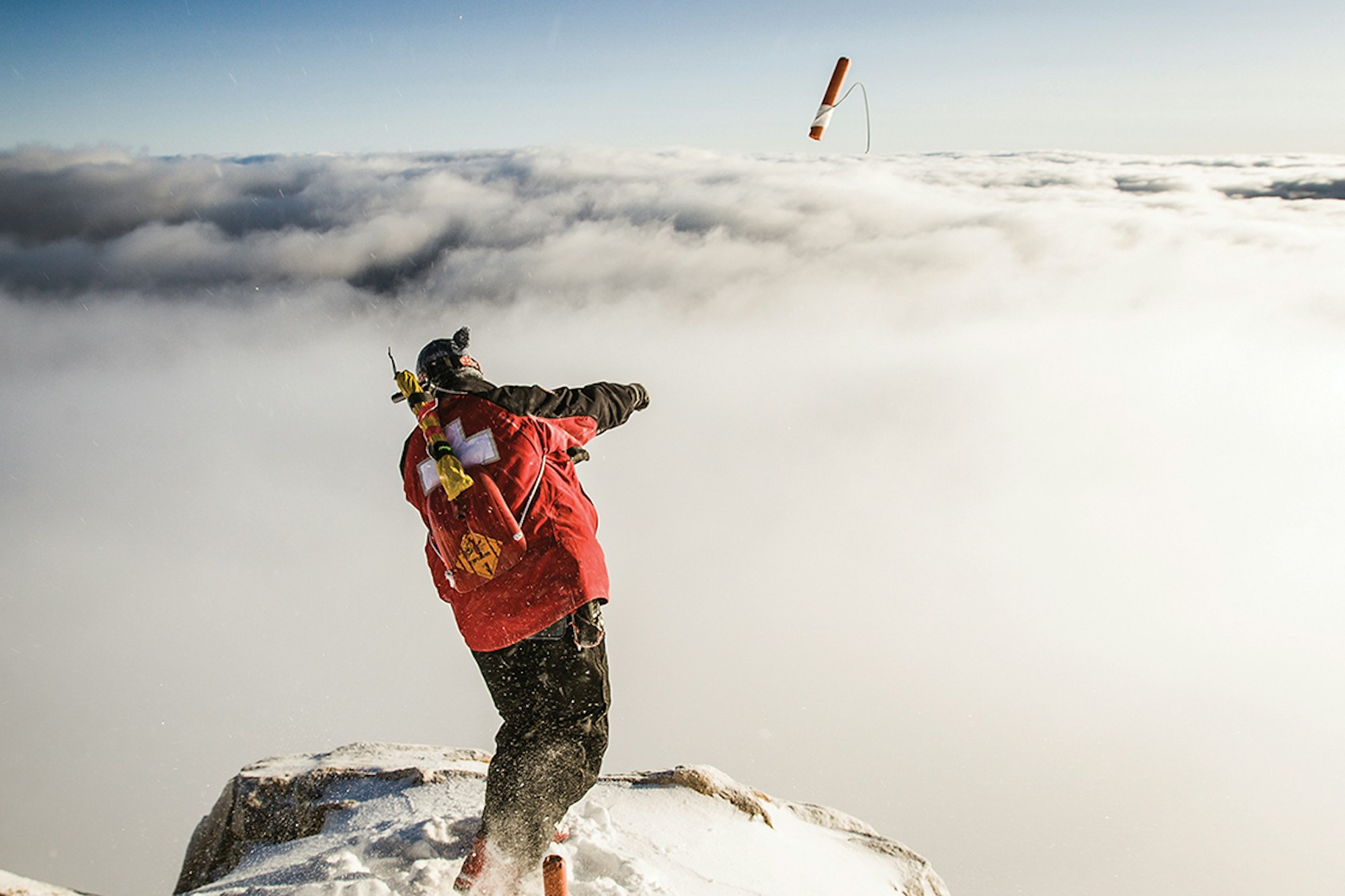

The Armed Conflict to Mitigate Ski Area Avalanche Hazards Goes Deeper Than You Can Ever Imagine
Featured Image: Peter Morning | Location: Mammoth Mountain, CA
The base village is silent, still aslumber during the pre-dawn hours. A freshly sewn blanket of snow, 8 inches thick in the valley, double that up high, lays peacefully on the landscape. An orange orb creeps above the toothy silhouettes of the high-alpine ridgeline, bringing with it the glowing hues of red, pink and purple, announcing another winter day’s arrival. As the sun’s rays make first contact with the mountain slopes, the freshly fallen snow lights up with the sparkle of a million diamonds.
All is quiet, save for a soft pop emanating from the valley below. A moment passes before a hissing fills the air, akin to a boiling teakettle. With a sudden, unexpected CRACK, a speeding projectile impacts the mountainside. The hanging slope erupts, sending snowy crystals in every direction and leaving behind a black stain of gunpowder. Instantly, the slope fractures 100 feet across, sending a 300,000 ton freight train of frozen debris stampeding downhill at 100 miles per hour with the pull of gravity. The thundering mass picks up speed, ripping 30-foot trees from their roots, cascading over cliff bands and spraying a cloud of icy particles high into the air. After 20 seconds, the snow settles just above a cat track, and all is quiet again.


Elsewhere, on the opposite side of the mountain, soldiers move swiftly and silently toward the enemy. Traveling by skis, they’re armed with handheld explosives and don red uniforms, a white cross stitched to their backs. Following a short traverse through a steep swath of conifer trees, the infantry unit comes to a stop. The soldier in front grabs the radio clipped to his backpack strap and holds down the transmit button. “Route four to route three. Am I clear to shoot shot six?”
Momentary silence is broken by a crackling voice emanating through the radio, “Clear.”
Charge in hand, he yanks the pull-wire and a stream of smoke from the safety fuse confirms ignition. He rears back and lofts the bomb into an exposed pocket of snow 20 yards ahead.
The team retreats to a safe distance and waits. Ninety seconds after the initial toss, a flash and BANG signifies detonation. Then, an audible whumph is followed by the propagation of a lightning bolt crack across the snow. From the fissure, the avalanche releases and crashes into the trees below. The patrollers gander at their handy work, then move on to their next target.
This may seem like a war story excerpt, and in a way, it is. However, the war isn’t between military forces, it’s ski patrols across the western United States battling the avalanches that threaten their ski areas and the skiing public. And because these resorts house steep slopes with layered snowpacks being transformed on a minute-by-minute basis from sun exposure, nighttime freezing, rain events, wind loading, etc., the battle is incessant.
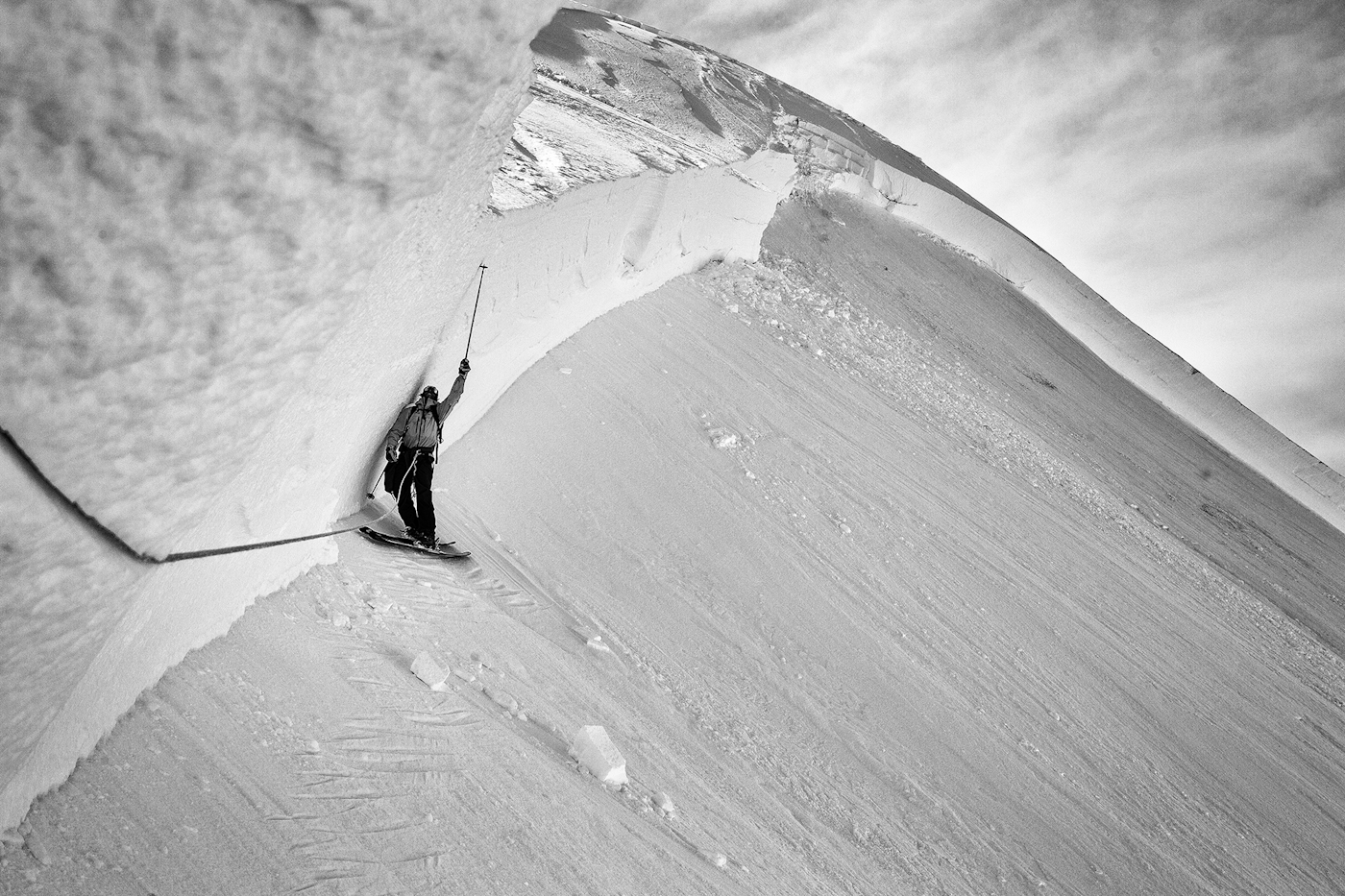
“A morning in Little Cottonwood Canyon after a lot of snowfall, it sounds like a warzone,” describes Mark Staples, director of the Utah Avalanche Center. “It’s amazing how well [avalanche mitigation] is choreographed. It involves ensuring the ability to open and close the road and making sure civilians are inside and safe… Then ski patrol is going out in teams of two with hand charges and other guys are firing the howitzer with the Utah Department of Transportation (UDOT) monitoring the area where shooting is going on.”
When it comes to avalanche mitigation at western ski resorts, the similarities to warfare are not that farfetched. The commonalities begin at the administrative level.
When Alta Ski Area was founded in 1938, it became one of the first ski areas in the United States situated in significant avalanche terrain. Soon after the ski area was established, the United States Forest Service (USFS)—which leases the land to Alta—recognized that avalanches in the area were a huge risk and hired a snow ranger to help keep people safe from slides. In the coming years, the USFS would pioneer the development of avalanche forecasting and mitigation techniques as the ski resort boom progressed through the 1940s, ’50s and early ’60s. These methods included consistent use of explosives and military artillery in avalanche zones to trigger smaller slides before excessive loading could occur, resulting in larger, more destructive ones.
Many of the early avalanche professionals employed by the USFS had served with the Tenth Mountain Division in Europe during World War II, and had seen firsthand how explosives could produce snow slides.
“There was this cadre of avalanche workers that included Monty Atwater at Alta, and there were other folks out in California and Colorado. Some of these folks were Tenth Mountain Division veterans, from World War II, but they were all very invested in doing avalanche mitigation work,” explains Karl Birkeland, director of the National Avalanche Center.
As ski areas expanded and required more control work during the 1960s, the USFS slowly transitioned more of the responsibility of mitigation work over to the ski areas themselves, a duty that generally remains the same today.
The Military Artillery Program, a cooperative arrangement between the resorts, USFS and United States Army has been put in place to manage the use of heavy weaponry, like the World War II era howitzer cannons, employed by many western resorts. The Army loans the weapons to the USFS, which runs the program in cooperation with the ski areas operating on forest service land.
“We work closely with both entities on all aspects of the program,” Birkeland explains. “The program wouldn’t exist without the three legs of the stool, the Army, the forest service and the ski areas all working together to make it work.”
In some cases, the theoretical chair has four legs. At Snowbird, UDOT actually hires the ski patrol, under the guidance of the forest service and Army, to mitigate slopes that threaten the road and base villages. Blasting within the ski area, however, is Snowbird directed.
“The senior patrollers are employed by UDOT as the Snowbird ski patrol,” explains Spencer Storm, Snowbird ski patrol and operations manager of Snowbird Backcountry Guides. “We’re trained by a national entity called the Avalanche Artillery Users of North America Committee (AAUNAC) that’s overseen by the military. Then the forest service oversees UDOT, so there’s quite a bit of oversight for what we’re doing to control the avalanches.”
Of course, the only ski areas permitted to use this heavy artillery, which utilizes anti-personnel ammunition originally meant to kill and maim, are those that operate on USFS land.
“The Army can loan the weapons to the forest service but they can’t just loan the weapons to any commercial entity,” explains Birkeland.
Some ski areas, like Crystal Mountain in Washington, even utilize helicopters in conjunction with the Federal Aviation Administration (FAA) and state agencies to drop bombs onto exposed slopes during massive snow events.
“The helicopter allows us to penetrate deep within the snowpack with relative safety, and I say relative safety because flying in helicopters with explosives is not without its own set of risks,” describes Paul Baugher, director of the Northwest Avalanche Institute, former ski patrol director and current risk manager at Crystal Mountain. “The state of Washington requires a separate license for aerial blasting, which means you have to not just pass an exam but have a certain amount of mentored experience in various roles within the helicopter before you can even sit down to take the test.”
Weapons like the Avalauncher are also used in long-range mitigation work. The tool was invented in the late 1950s by Atwater and uses compressed nitrogen to shoot a charge out of a barrel and onto slopes from up to a mile away. Avalaunchers deliver smaller charges, are less accurate and limited in range when compared to military artillery.
In 2014, a Colorado Department of Transportation (CDOT) explosives expert and a Colorado Avalanche Information Center (CAIC) forecaster were injured while conducting mitigation work on Loveland Pass when a round detonated prematurely inside the barrel of an Avalauncher. The state suspended Avalauncher use at the time. Colorado continues to use howitzer and explosive rounds from helicopters and has invested in Gazex, a stationary steel tube built into the mountainside that fires an oxygen and propane gas mixture via remote trigger to induce avalanches. Ski areas like Jackson Hole, Squaw Valley Alpine Meadows and Crystal Mountain have followed suit.
“We used Avalaunchers, but they’ve had some issues with those down in Colorado,” explains Drew Kneeland, patrol director at Jackson Hole. “We’re finding ourselves going forward in some ways toward the Gazex. It’s been a good tool for us.” Kneeland also notes that, “we’ve also gone back towards hand charges and actually getting into the terrain on skis.”
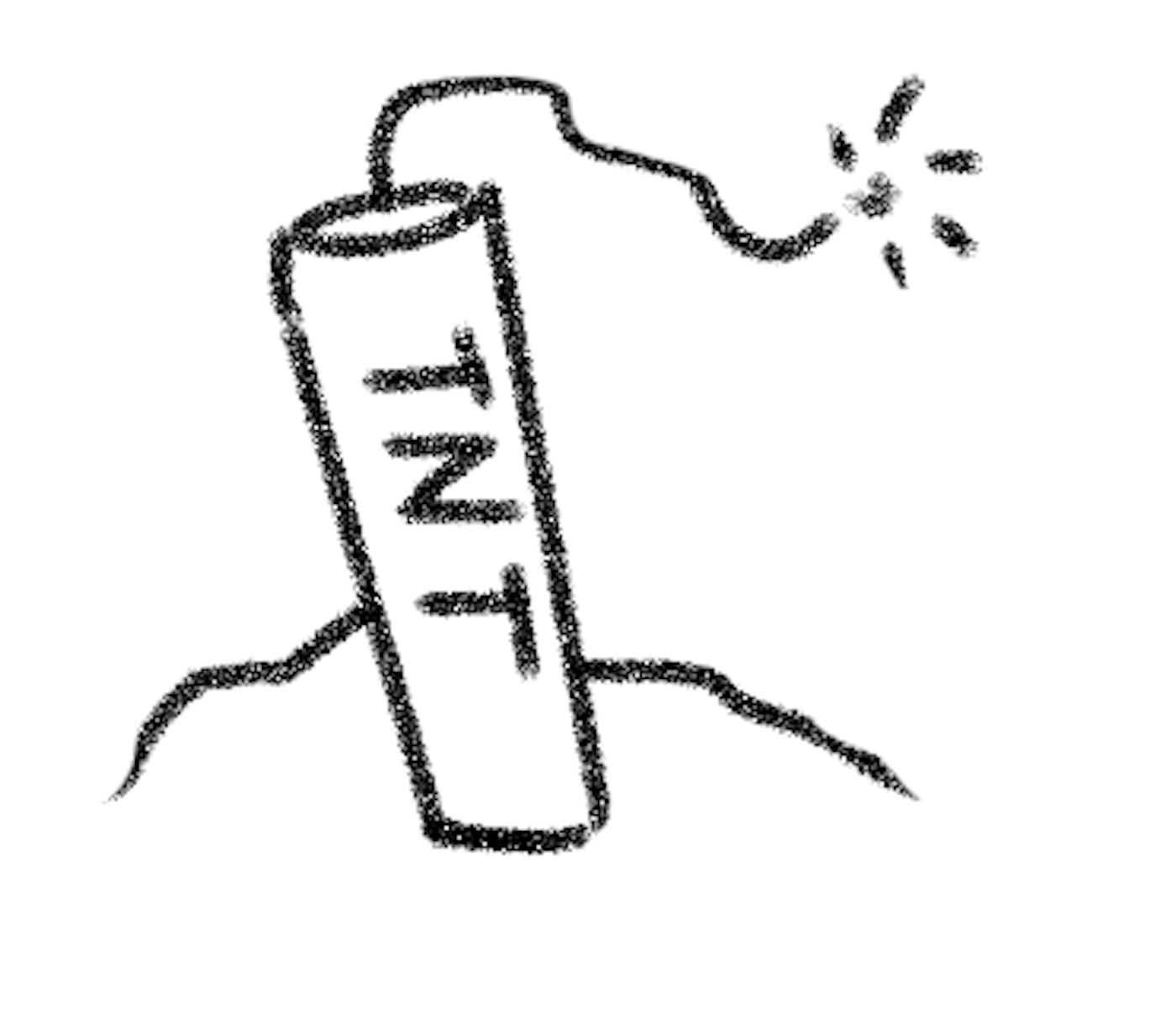
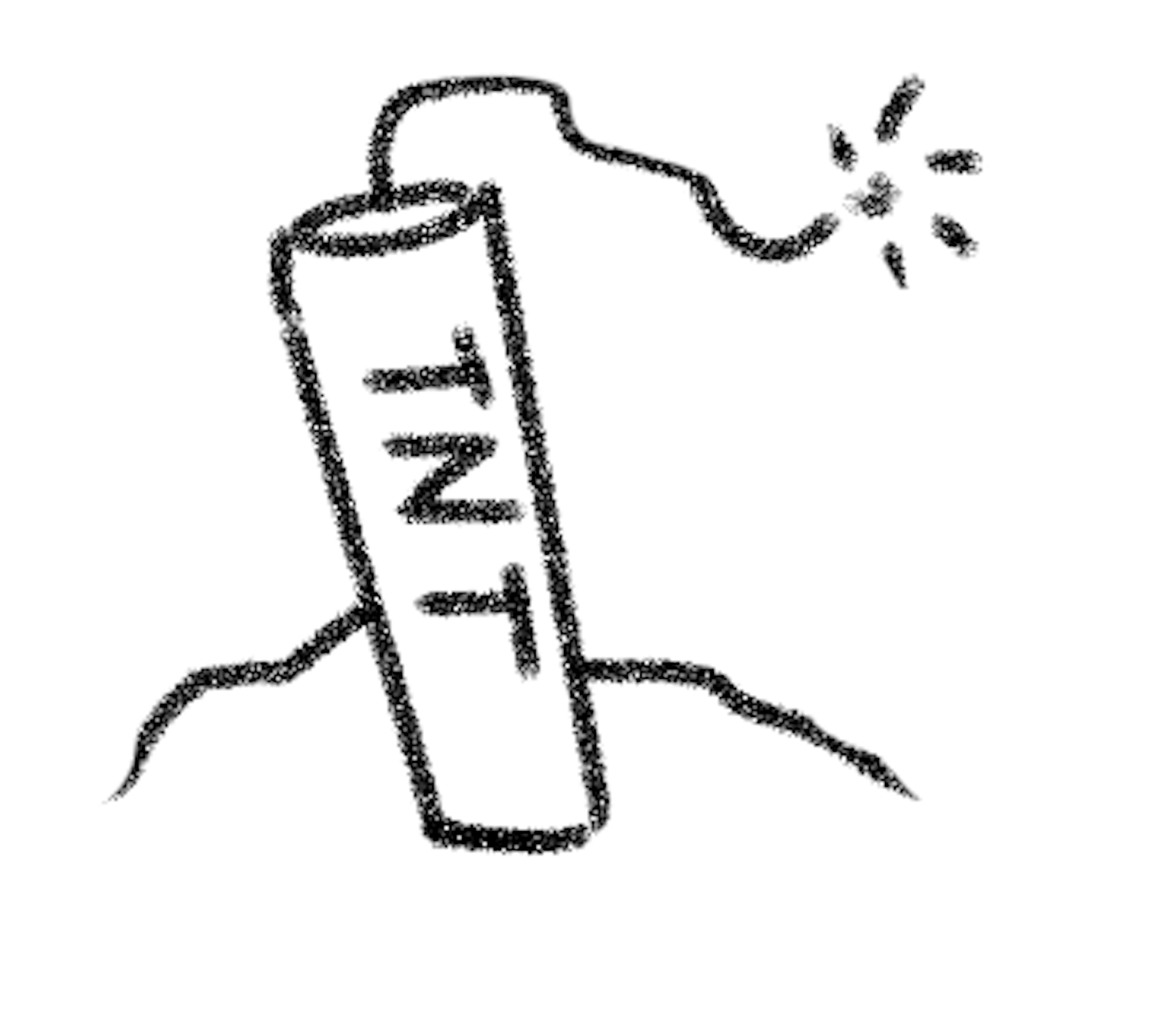
There’s much more to the explosives side of avalanche mitigation, as the big guns are generally used during periods of intense, heavy snowfall to control slopes above the ski area that could put people, structures and vehicles at risk. The hand charge routes, though, are where the most meticulous work occurs.
Prior to 2002, the use of handheld explosives at ski resorts was akin to the Wild West in terms of regulation and licensing. That all changed with the Safe Explosives Act of 2002. “That’s where a huge paradigm shift happened,” says Kristen Moore, industry operations investigator for the Bureau of Alcohol, Tobacco, Firearms and Explosives (ATF). “Following the Act, we required anyone handling or purchasing explosives to have a license or permit. You couldn’t just go down to the hardware store and buy a bag of [explosive] ammonium nitrate and fuel oil anymore. With that, came all of the regulation of record keeping and storage, too.”
Ski resorts doing explosives work possess a federal explosives permit issued by the ATF. In order to obtain that permit, the ATF conducts a qualification inspection, where it identifies the staff that will be operating explosives, verifies ownership of the business and that the resort has suitable storage for the explosives at the time of the meeting.
In terms of storage, the ATF ensures that the ski area is storing explosives in proper magazines and that they remain below outlined weight limitations within the storage facility. The ATF also utilizes its table of distances to identify the safe distance the stored magazines must be from an inhabited building, passenger railway or roadway.
Both those in management roles with the authority to make decisions on day-to-day operations and the ski patrollers who will be handling the explosives must go through extensive background checks with the ATF before they can operate with explosives. If the resort checks all the boxes, it receives its permit, which is subject to re-approval at least every three years.
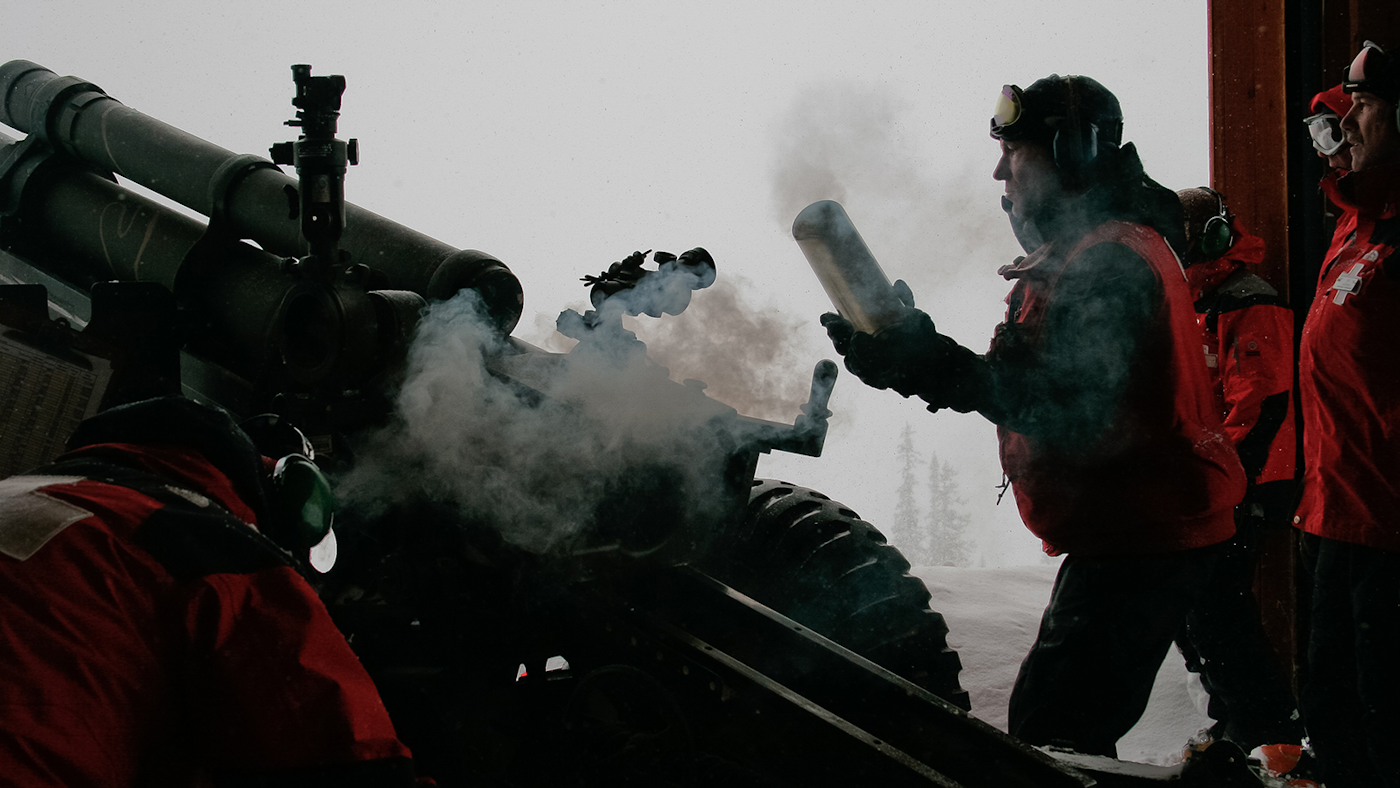
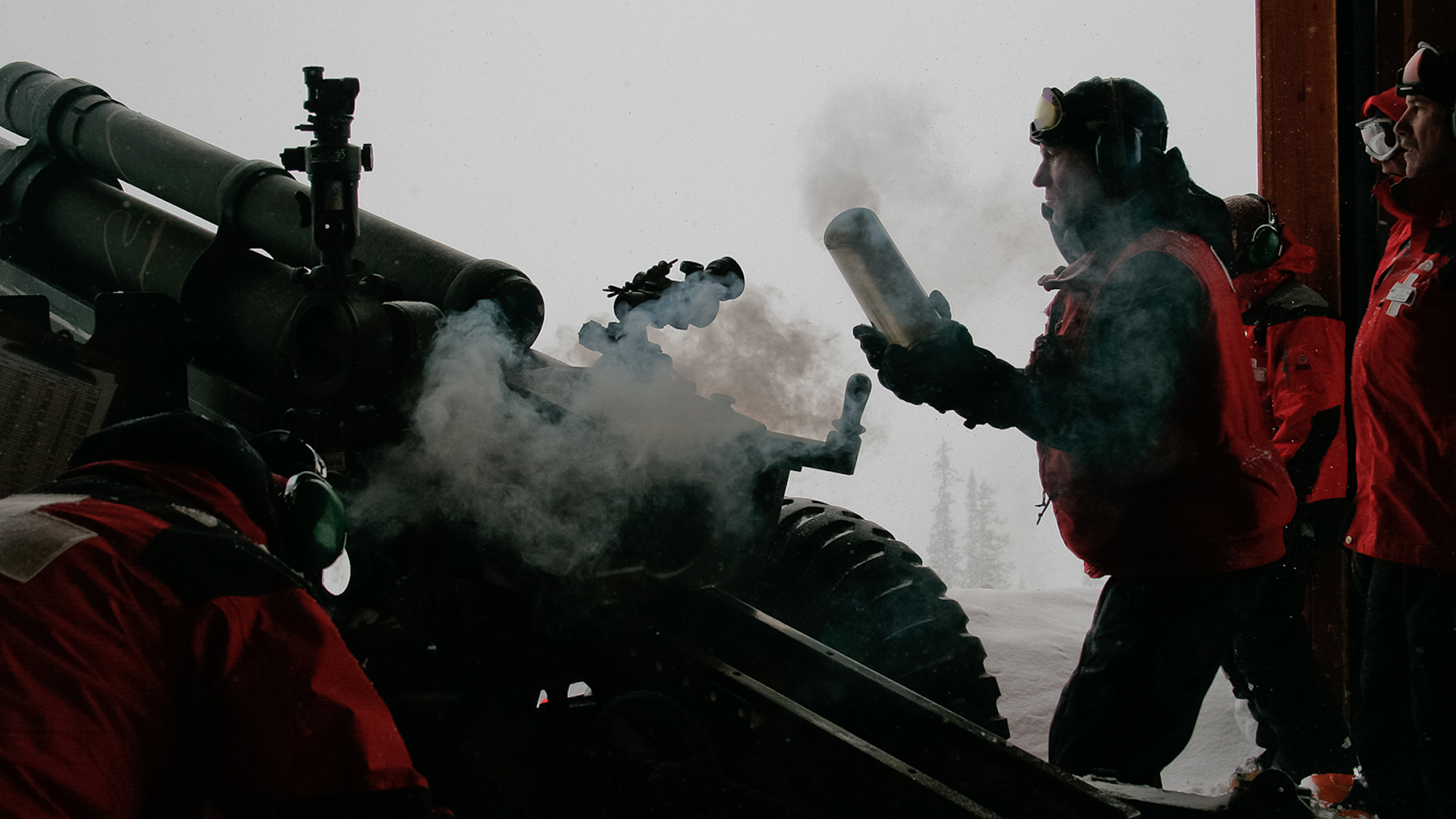
Snowbird, UT | Photo: Matt Crawley
All of that supervision happens before a patroller even touches the explosives needed for avalanche mitigation. Once all bases are covered, the professional patrollers can get to their line of duty: keeping guests safe.
A typical day following a big snow event begins in the dark, usually around 4:30 a.m. Forecasters observe what’s happened at the mountain overnight, then hypothesize whether the storm is tapering off or will deposit additional loading throughout the day. Meanwhile, patrollers prepare explosives for the control routes.
Decisions are then made about whether artillery, Avalaunchers or, in the case of some resorts, Gazex ignitions will be needed on the slopes above control routes.
At about 6:30 a.m., the ground troops head out for duty on the control routes, usually still in the dark, to get the mountain ready to open by 8:30 a.m. Throughout the whole operation, mountain dispatch and avalanche hazard mitigation teams are on the radio performing check-ins with crews on the routes; recording actions on log sheets; clearing cat drivers, snowmakers and staffers to travel safely; and generally coordinating the mitigation dance during the opening of the resort.
And that’s all the public usually sees: open trails and spinning lifts. In reality, patrollers risk life and limb in a 24/7 chess game against the constantly evolving snowpack that, in some cases, is under so much tension that it’s practically begging to release.
“It’s the opposite job of what your mother would tell you to do,” explains Baugher. “She’d say, ‘Don’t go out when conditions are bad, don’t hang out in avalanche starting zones and especially don’t try to initiate the damn things.’
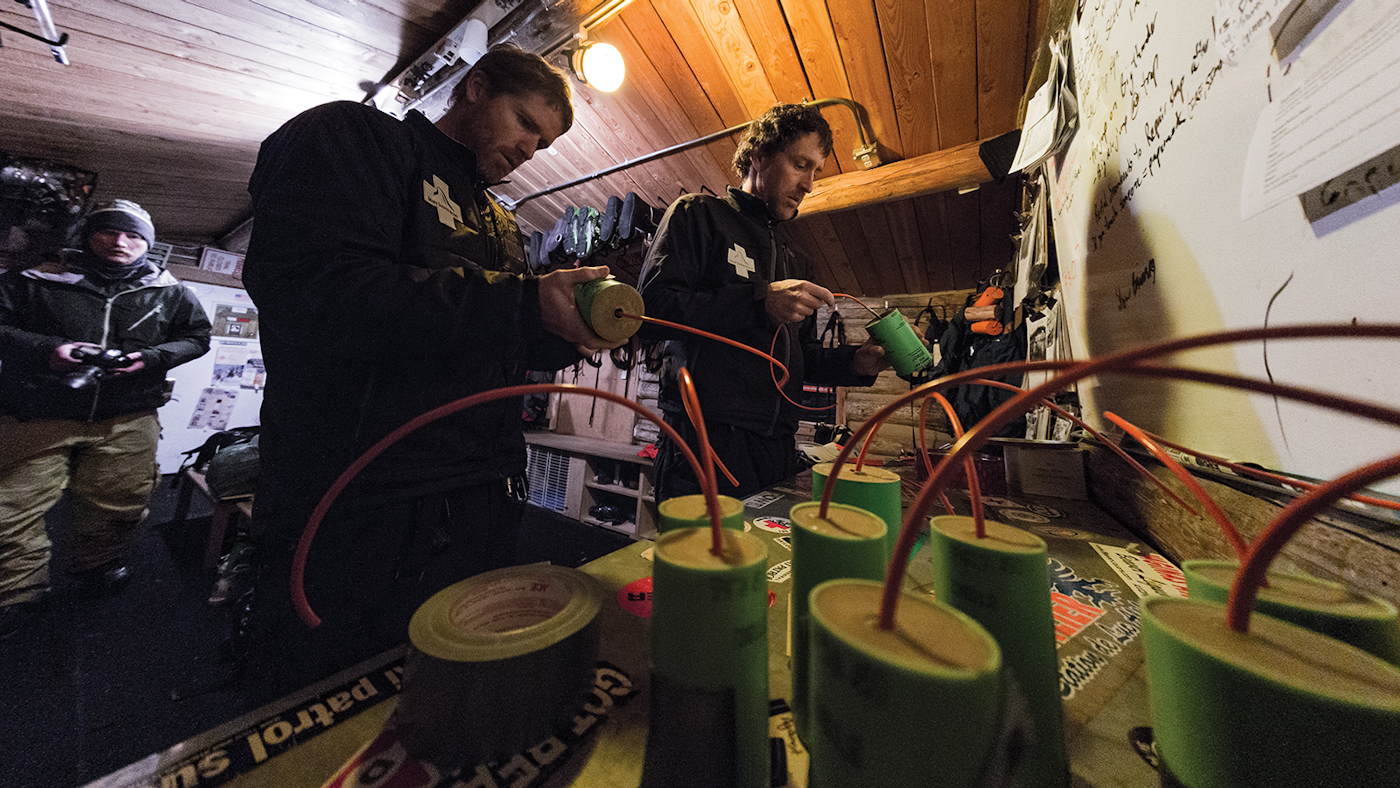
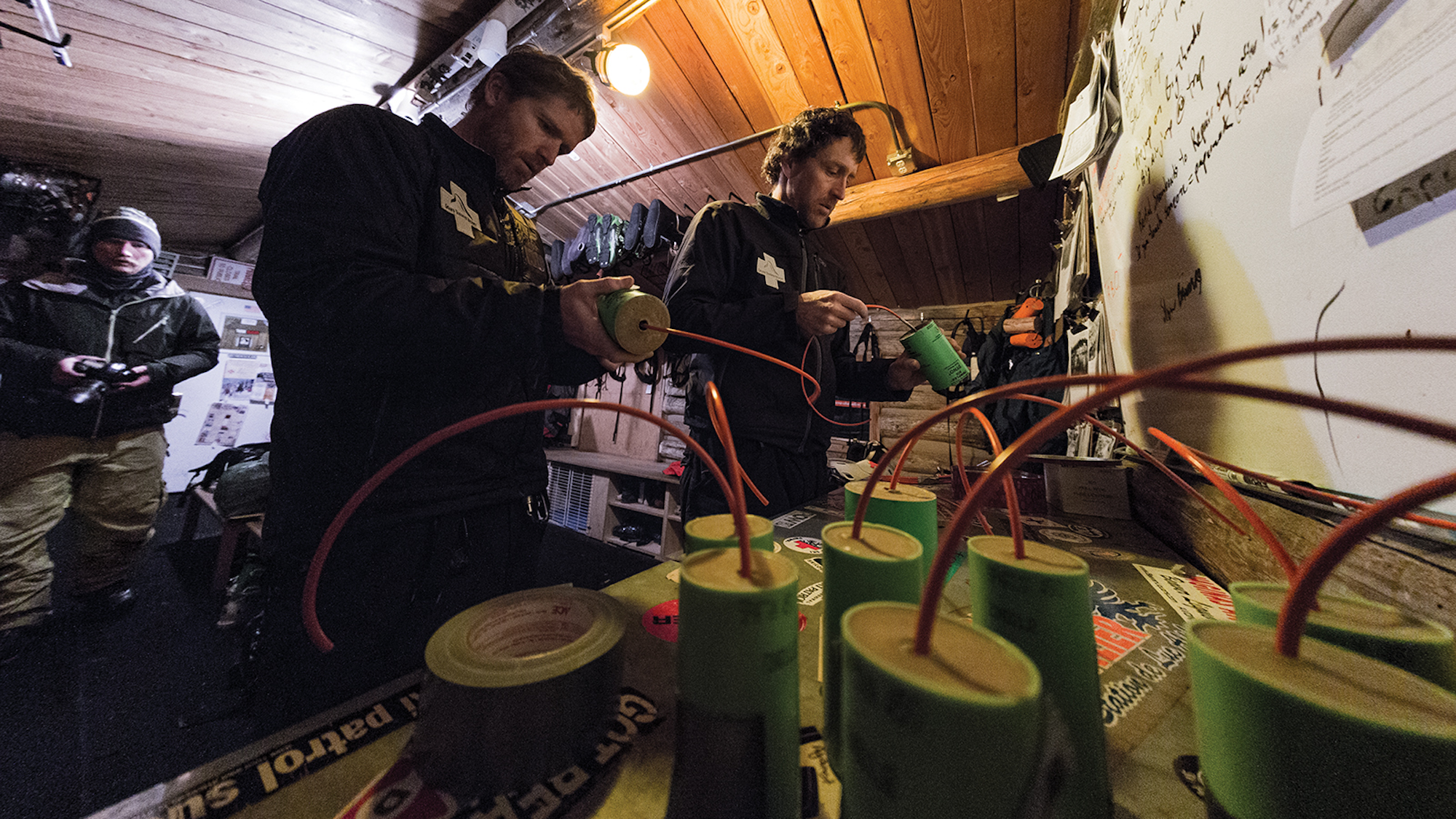
Patrollers at Grand Targhee prepare hand charges. Photo: Grant Gunderson
“Because of the nature of the job, ski patrollers put incredible effort into safety and risk management. Ski areas require extensive in-house training, as well as professional level avalanche education, usually through the National Avalanche School. The National Ski Areas Association (NSAA) provides resorts with its explosives guide to educate patrollers about safe practices and guidelines to explosives use. Because states have different requirements for explosives use, resorts often train to the standards of the NSAA guide.
On top of the training, knowledge and protocol is passed down through the ranks from veteran patrollers with decades of experience as well as shared between individual ski areas through patroller swap programs.
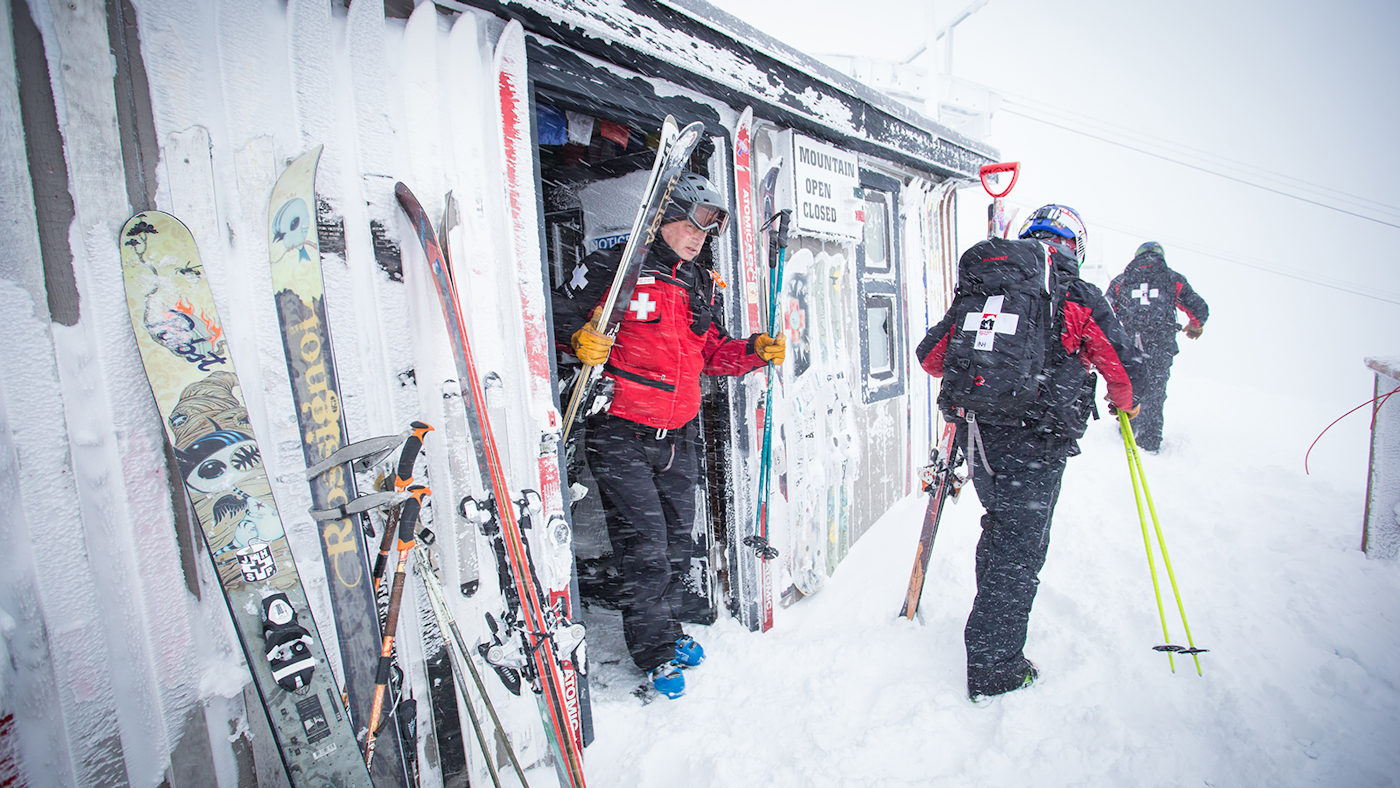
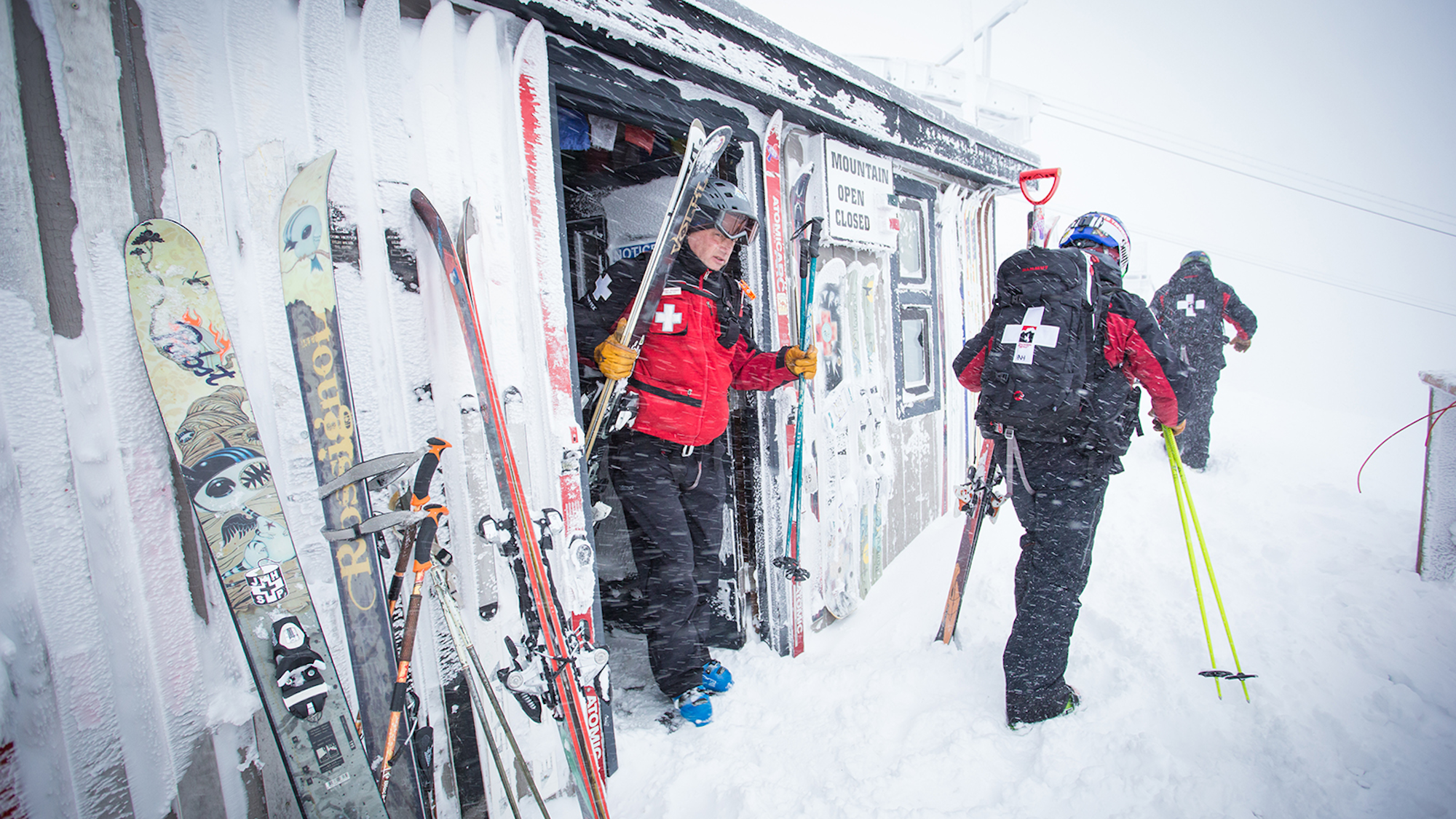
Patrollers walk out of Corbet’s Cabin in Jackson Hole. Photo: Amy Jimmerson
“We’ve really improved the transfer of knowledge from the ski areas that everybody looks to as the ones that do it right to the smaller ski areas that can share in that information,” says Baugher. “There are good techniques developed that are tried and true. We have a set of customs and practices that have yielded a remarkable safety record across the country. It really is something to be proud of.”
Despite advances in understanding and technology, the risk to both professional ski patrollers and inbounds skiers can only be diminished. It can never be reduced to absolute zero.
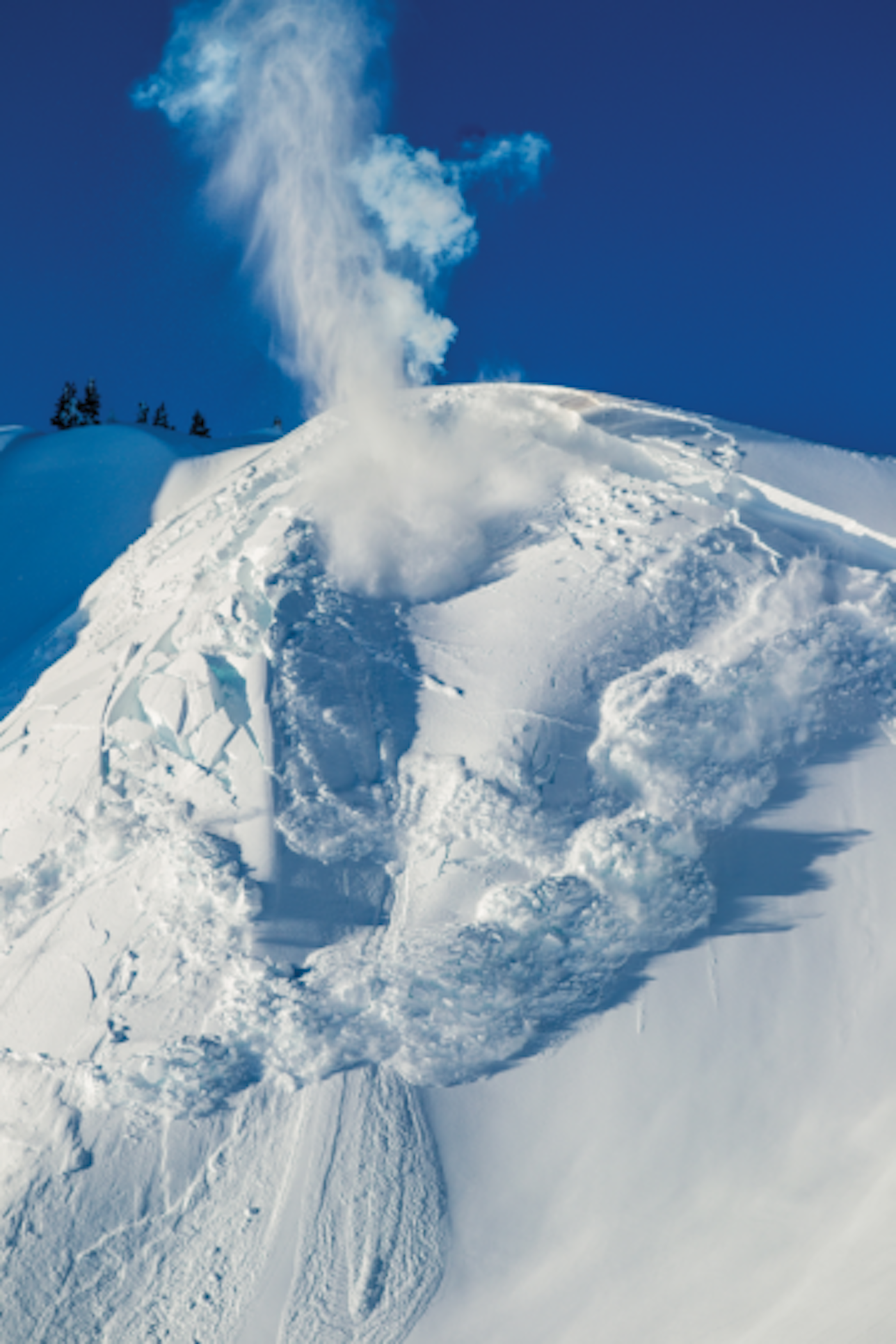
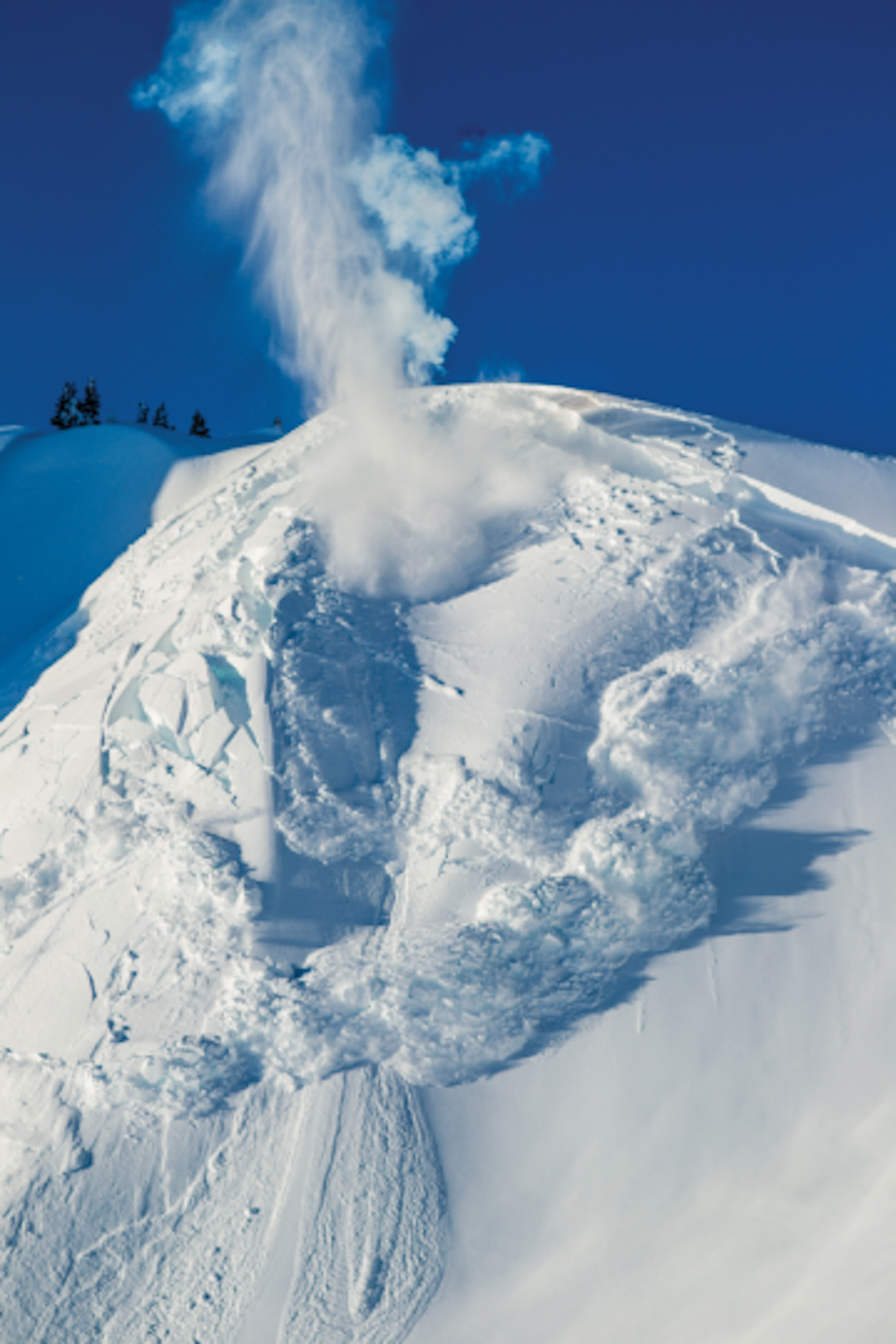
Helicopter avalanche control work at Mt. Baker, WA. Photo: Grant Gunderson
“We’re doing a hell of a job keeping that risk continually low and we are very proud of the fact that we can offer these skiing products and do it in a reasonably safe way,” Baugher adds. “It’s just not guaranteed to be 100 percent safe. And I don’t know anybody who’s in the business of working with the forces of nature that could ever make that claim.”
On January 24, 2017, Squaw Valley ski patroller Joe Zuiches died performing explosives work on the resort’s Coast Ridge. After investigation, the California Division of Occupational Safety and Health (Cal/OSHA) issued the resort two citations, the first for failure “to ensure that all crewmembers maintained visual contact or awareness of physical location of crewmembers at all times during avalanche control activities,” a practice that Kneeland calls “the golden rule in avalanche work.” Because of the lack of witnesses of the accident, the citations were not accident-related, but issued for “failures in Squaw Valley’s avalanche blasting procedures observed during the investigation,” according to Frank Polizzi, Cal/OSHA spokesperson.
Between 2009 and 2017, eight patrollers have died conducting avalanche work in the United States. “That’s too many,” Baugher emphasizes.
Peter Schory, who began patrolling at Snowbird in 1972 after serving in the Vietnam War, believes the public is unaware of the kind of danger professional patrollers walk into on their behalf. He likens them to firefighters, first responders, military members, etc.
“There are people on the mountain who have families, who have moms, dads, spouses and children,” says Schory. “They’re doing dangerous work in a timely manner. They’re professional, well trained, well educated, dedicated to themselves, each other, their companies and the public.”
“We literally must stake our lives on our work,” adds Baugher.


The art of ski patrolling is always evolving to prevent these mishaps, especially after an accident like the one at Squaw. “We always learn from every incident with patrollers, from near misses to patroller fatalities,” says David Byrd, director of risk and regulatory affairs for NSAA. “With the most recent example, at Squaw, one procedure will be a renewed emphasis on the buddy system already in place with patrol where they remain within eyesight of each other.”
Many wonder, if there are remote triggering practices, like Gazex, why aren’t they used exclusively, instead of putting patrollers at risk? The first answer is financially charged. When CDOT installed 16 Gazex exploders between Berthoud and Loveland passes in 2015, it cost over $3.1 million in parts and installation.
Besides money, exclusively using Gazex and artillery can’t cover the same ground and reach the same places that patrollers can. “The reason why hand charge routes are so effective is that patrollers can go to almost every nook and cranny,” explains Storm. “If we’re talking about dozens upon dozens of routes, with each route having dozens upon dozens of targets, now you’re looking at thousands of locations where we potentially throw explosives to mitigate the avalanche problem. You wouldn’t be able to build thousands of permanently fixed units that are remotely operable.”
At Jackson Hole, the patrol has moved away from using artillery and now relies on the combination of Gazex, Avalaunchers and hand charge routes to mitigate avalanche hazard. “It gives you a little bit of peace of mind to be traveling in [avalanche prone] terrain knowing that the snow has already been impacted by a Gazex ignition,” explains Kneeland.
With ski resorts consistently expanding into steeper and more demanding terrain, maintaining an extensive track record of protecting the public in those zones is increasingly challenging. “In some ways, we’re victims of our own success,” Baugher explains. “People have come to expect that we can deliver a product with zero defects, meaning we can eliminate all avalanche threats from these big ski areas. In fact, we can’t, it’s an impossible task.”
Baugher encourages everyday skiers to prepare like patrollers if they plan on skiing through in-bounds avalanche terrain—to get educated, be aware of recent weather trends and read avalanche forecasts. The Utah Avalanche Center’s “Know Before You Go” program is just one tool skiers should be aware of.
As for the actual patrollers, their fight is seemingly eternal, but they’re a special breed of people who wouldn’t have it any other way. “It’s a passion for a lot of ski patrollers,” Birkeland says. “Avalanches are this amazing force of nature that have incredible destructive power, but unlike other natural hazards, we can trigger them, and we can do it safely during mitigation work. The ability to go out there, do the mitigation and see avalanches is a big attraction for ski patrol, and it’s pretty neat.”

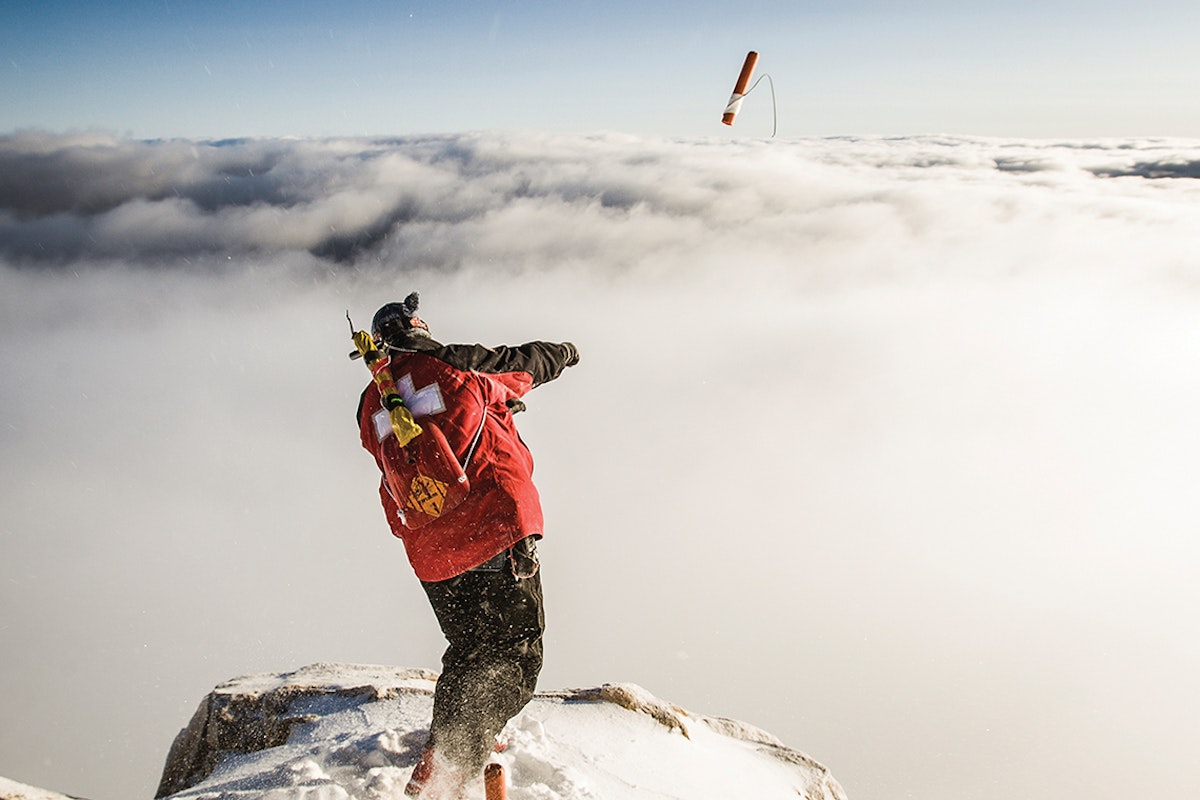
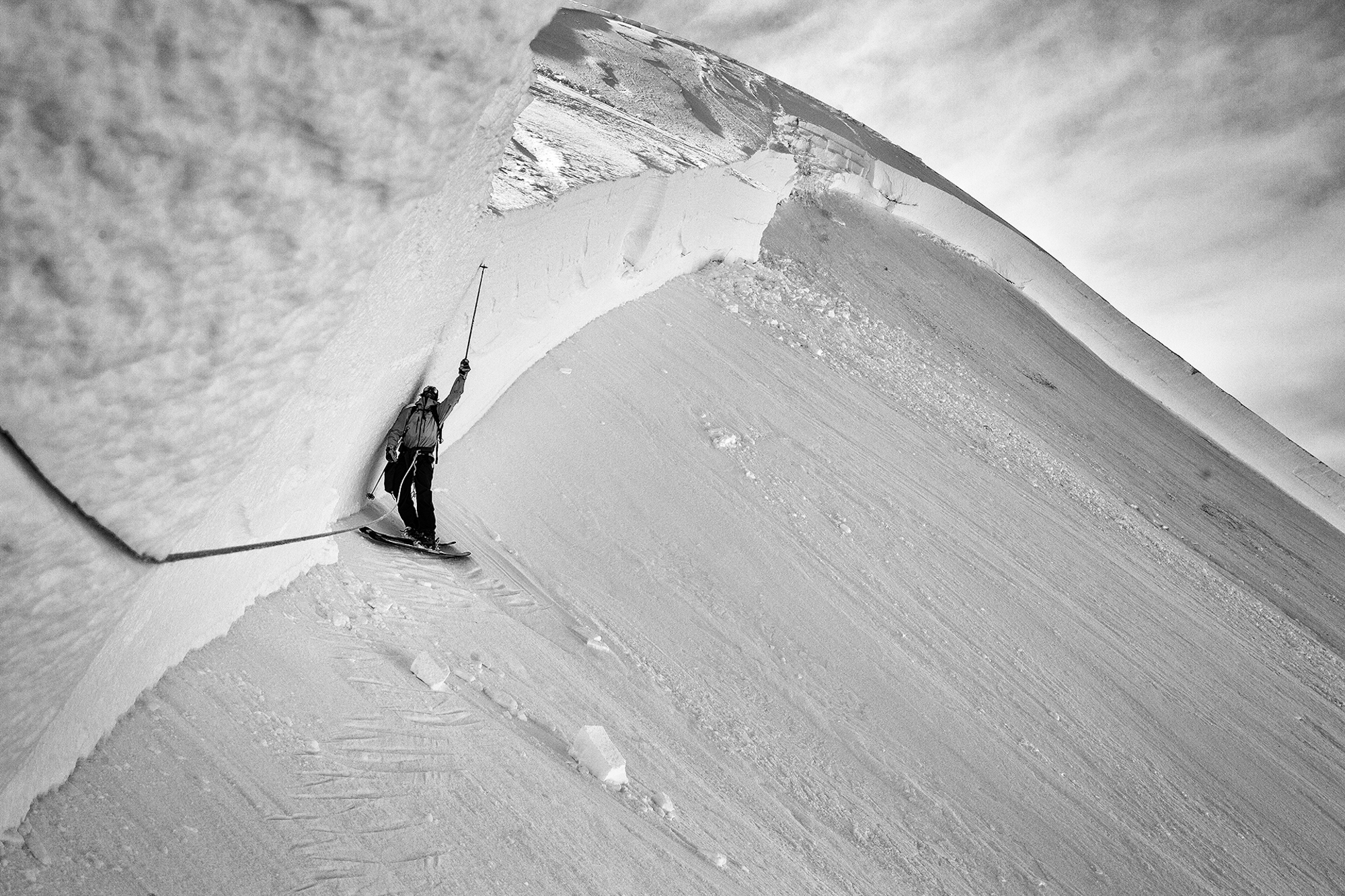

![[GIVEAWAY] Win a Head-to-Toe Ski Setup from IFSA](https://www.datocms-assets.com/163516/1765920344-ifsa.jpg?w=200&h=200&fit=crop)


![[GIVEAWAY] Win a Legendary Ski Trip with Icelantic's Road to the Rocks](https://www.datocms-assets.com/163516/1765233064-r2r26_freeskier_leaderboard1.jpg?auto=format&w=400&h=300&fit=crop&crop=faces,entropy)




![[GIVEAWAY] Win a Head-to-Toe Ski Setup from IFSA](https://www.datocms-assets.com/163516/1765920344-ifsa.jpg?auto=format&w=400&h=300&fit=crop&crop=faces,entropy)


